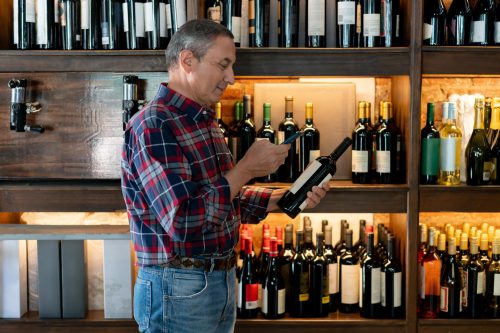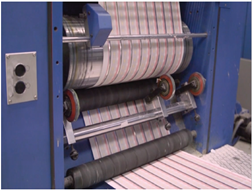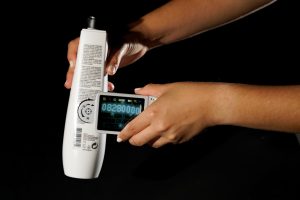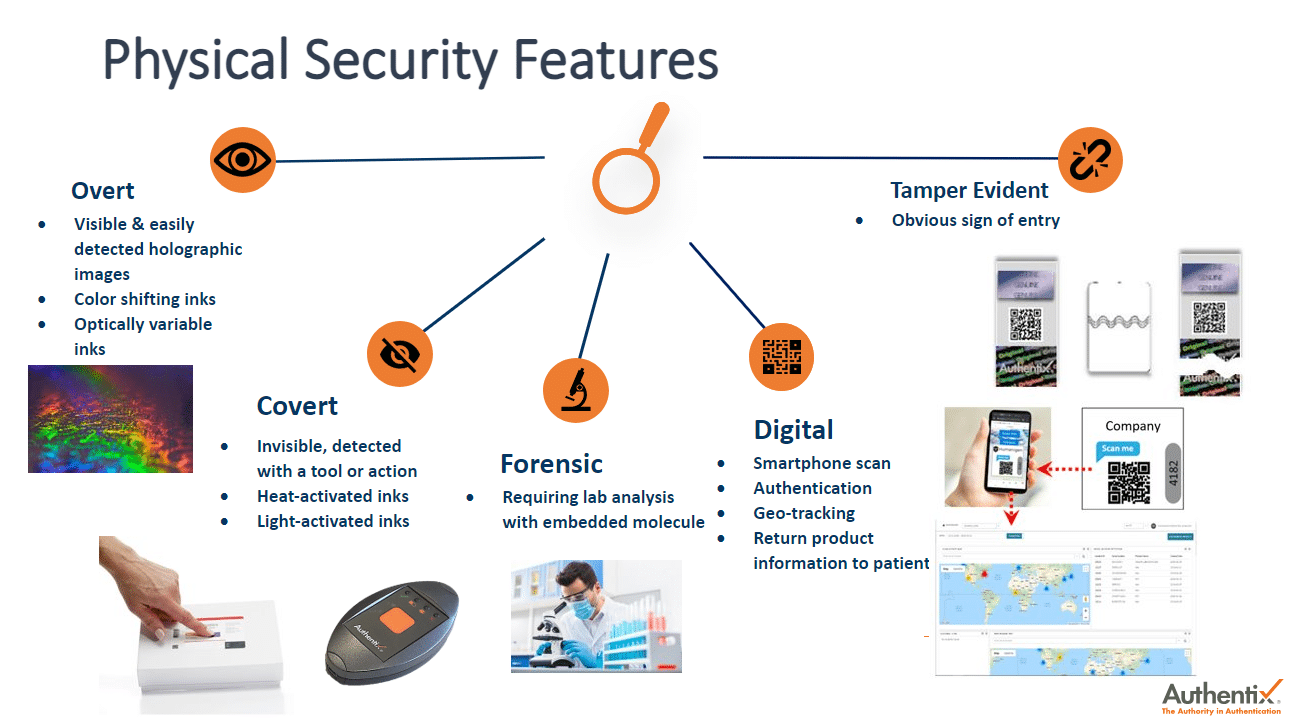By Donna Policz, Brand Protection Sales Director, Authentix
As life expectancy increases across the globe, a growing and aging population continues to become a larger subset of consumer purchasing. In fact, in the United States, the sector of individuals over 65 years is expected to grow to over 20% of the total population by 2030 compared to 16% in 2020. With the emerging intersection of technology, digitization, and brand protection, solution providers should begin to factor in this growing, aging population for consumer engagement and interaction with product packaging and labeling. An example of an industry being proactive in this area, the U.S. based National Association of Homebuilders, now provides certain contractors with a certification program known as CAPS (Certified Aging in Place Specialist) providing the designation on adapting certain technologies that will better serve an older population for home remodeling projects. As a seasoned professional in the brand protection industry, I believe it’s our responsibility to also act as ambassadors for the growing population of seniors, ensuring that the technologies we develop and implement are not only effective but also accessible and usable for everyone, including senior citizens and elderly consumers.
The Growing Need for Brand Protection and the Fight Against Product Fraud

Our aging populations are increasingly vulnerable to a range of threats induced by illicit trade including counterfeit goods and online scams. Elderly adults especially rely on over the counter and prescription medical and supplement products that can directly impact their health and well-being, making it imperative that these products are authentic and safe. As brand protection professionals serving a wide range of commercial companies and consumers, we must recognize that the stakes are higher when it comes to protecting this growing demographic. The consequences of counterfeit or substandard/adulterated products can be particularly adverse for these senior citizens, with many already dealing with multiple health challenges.
Leveraging Technology for Inclusivity
Advancements in consumer-based technology solutions such as QR codes and augmented reality for packaging and labels are a powerful tool in the fight against counterfeit goods, but as we advance these new solutions, we must also wield these with care and consideration for those older adults who may not be as familiar with smartphone and digital technology. QR codes, smartphone apps, blockchain, and other digital authentication methods requiring consumer interaction are a fast growing segment of solutions at the forefront of brand protection and can present challenges for senior citizens and others possibly challenged to fully utilize or understand how to use these new applications. A key role we can take as an industry is to ensure that the development of these digital and consumer facing tools are designed with these particular users in mind—making them more intuitive, easy to use, and accessible to those who may have visual, cognitive, or dexterity challenges.
For instance, QR codes should be in a large enough standard format to be easily scanned by older adults who may have vision impairment, and the associated websites or mobile apps should have simple user interfaces that don’t require extensive technological knowledge for interaction. Moreover, we should advocate for features like voice assistance or larger text options that cater to the specific needs of older users.
Serving as Ambassadors for an Aging Population
To better serve this growing and aging population segment, we should go beyond simply making our technologies accessible—we must actively engage with and understand the needs and limitations of this demographic. This means that during the development of these technology advancements, we also become ambassadors who champion the needs of these older adults within our organizations and the broader industry. It’s about fostering a culture of inclusivity where the voices and concerns of seniors are not only heard but prioritized.
We can do this by collaborating with other organizations that focus on aging, participating in community outreach programs, and whose missions are advocating for policies that support the accessibility of brand protection technologies. For example, we can partner with large senior citizen advocacy groups to help provide input and establish general standards for these emerging digital authentication tools. We could also extend our work to state and national policymakers to ensure that future regulations around product safety and authenticity consider the needs of these older adults.
The Benefits of Inclusivity
By making brand protection technology more accessible and usable for older adults, we not only protect this vulnerable group from adverse health and safety impacts from counterfeit products, but also empower them to make better and more informed decisions. This empowerment can lead to greater independence, confidence, and ultimately, a better quality of life. As we develop technologies that are more inclusive, we set a standard for the industry—demonstrating that brand protection is not just about safeguarding products, but also about safeguarding all consumers who rely on them being legitimate.
Conclusion
As brand protection professionals, we have a unique opportunity to serve as ambassadors for this growing segment of our aging population. By ensuring that our brand protection technologies are accessible and user-friendly, we can protect senior and elderly adults from the many threats faced in today’s growing practice of illicit trade. It’s not just about reducing counterfeit products, it’s about creating a safer, more inclusive world where everyone, regardless of age, can trust the products they rely on. Through thoughtful design, education, and advocacy, we can lead the way in making brand protection an industry focused on a cornerstone of support for our seniors, ensuring that they live their later years with the dignity and security they deserve.
Donna Policz, Brand Protection Sales Director, Authentix
Donna Gavitt Policz is a seasoned brand protection expert with over 15 years in the industry. Her concentration of expertise extends across multiple sectors, and has allowed her to work with the most prestigious and leading brand owners to establish long term success for these companies. Donna’s also holds the designation of Certified Aging in Place Specialist (CAPS) from the National Home Builders Association, ensuring that service providers to this segment of the population providers the products and technologies that enable seniors to remain in their residences longer. This cause is deeply integrated into her professional endeavors, reassuring the audience of her unwavering commitment to accessibility and safety. To learn more about Authentix brand protection solutions and how we can help you, email Donna at donna.policz@authentix.com.










 To effectively protect a brand against counterfeiting, businesses must employ comprehensive detection and monitoring strategies that showcase dedication to enforcing their intellectual property rights and prosecuting violators.
To effectively protect a brand against counterfeiting, businesses must employ comprehensive detection and monitoring strategies that showcase dedication to enforcing their intellectual property rights and prosecuting violators. To track and measure the effectiveness of a brand protection strategy and ensure the prevention of counterfeit activity as much as possible, businesses should prioritize thorough reporting and analysis, as well as track key performance indicators (KPIs).
To track and measure the effectiveness of a brand protection strategy and ensure the prevention of counterfeit activity as much as possible, businesses should prioritize thorough reporting and analysis, as well as track key performance indicators (KPIs).

